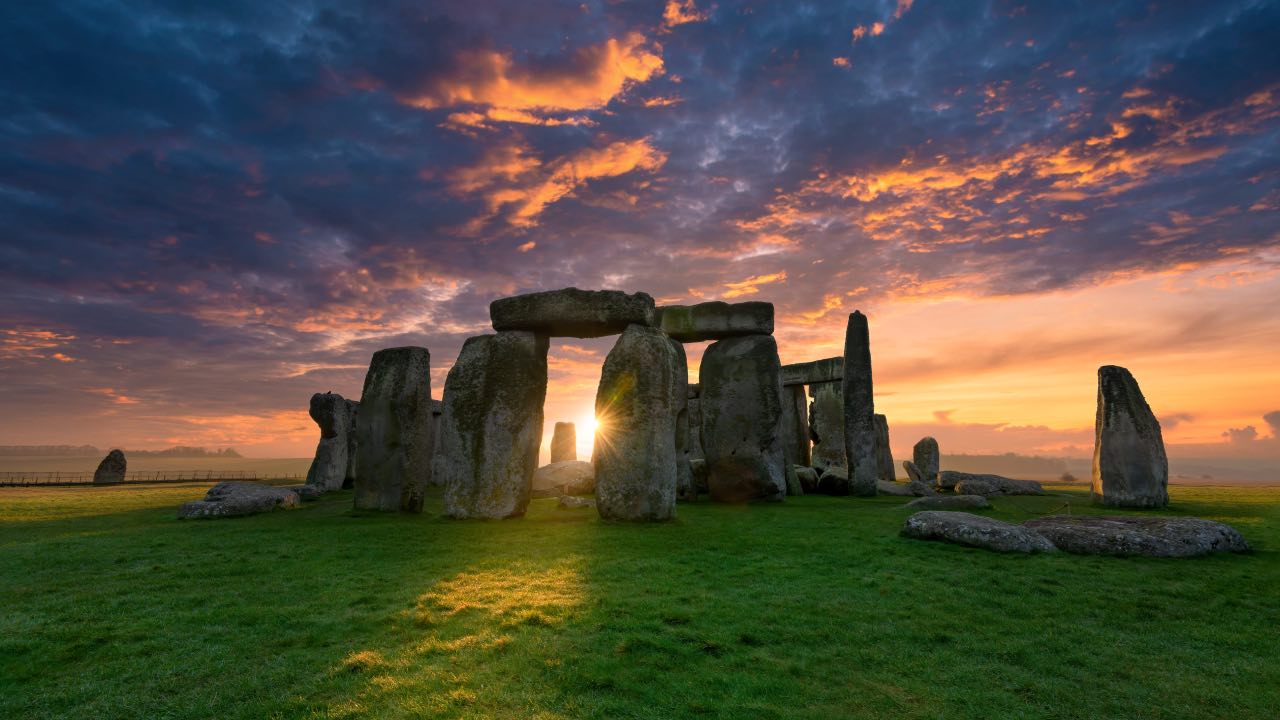New theory behind Stonehenge's true purpose

After an extensive new study, archaeologists believe they have uncovered the true purpose of Stonehenge.
Long believed to have been used solely for ceremonial purposes, a study led by Timothy Darvill of Bournemouth University has concluded that Stonehenge served as a solar calendar, and he has identified how it may have worked.
The monument, which lies on a flat plain of land in England’s southwest, is adorned with astronomical alignments that were built into the design and orientation of the landmark.
The central axis of the megaliths was - and still is - aligned with the sunrise at midsummer and sunset at midwinter, with the stones perfectly framing the rising and setting sun when days were at their longest and shortest.
The ring of 30 upright stones, supporting 30 horizontal stones, represents the number of days within a month.
As well as this, distinctive stones in the circle mark the start of three 10-day weeks, according to the study.
Twelve such months would come to 360, but a group of “trilithons” - a structure formed of two large vertical stones supporting a third stone set horizontally across the top - were arranged in a horseshoe shape in the centre of the site.
According to Professor Darvill, these represent the extra five days needed to match the 365-day solar year.
Four smaller stones that lay outside the circle in a rectangle were a way to keep track of a leap year, with an extra day every four years.
“Finding a solar calendar represented in the architecture of Stonehenge opens up a whole new way of seeing the monument as a place for the living,” Prof Darvill said in a news statement.
“A place where the timing of ceremonies and festivals was connected to the very fabric of the universe and celestial movements in the heavens.”
Despite Professor Darvill’s convincing study, some experts are not convinced.
“The numbers don’t really add up - why should two uprights of a trilithon equal one upright of the sarsen circle to represent 1 day?” University College London’s Institute of Archaeology professor Mike Parker Pearson said.
“And there’s selective use of evidence to try to make the numbers fit: some of the stones have been left out because they evidently can’t be made to fit.”
On top of Bournemouth University's study, the recent discoveries of graves and artefacts near the stone circle have shown that Stonehenge was not home to one isolated group but part of a deeply interconnected world.
Image credits: Getty Images
